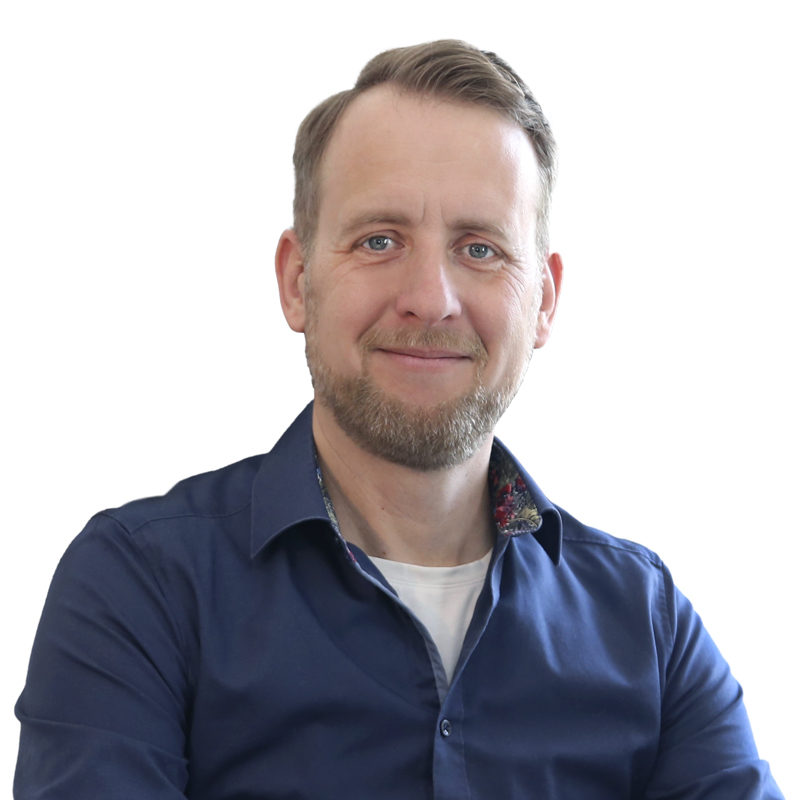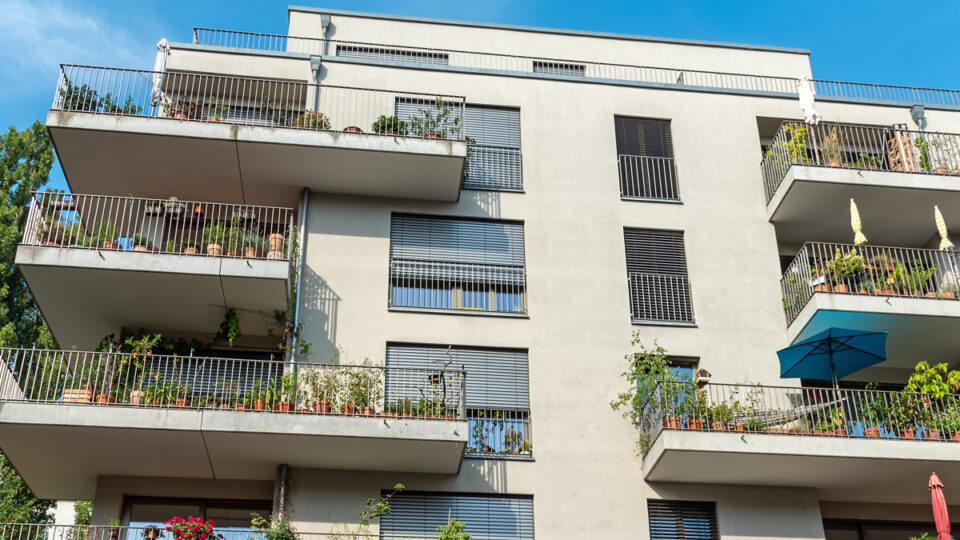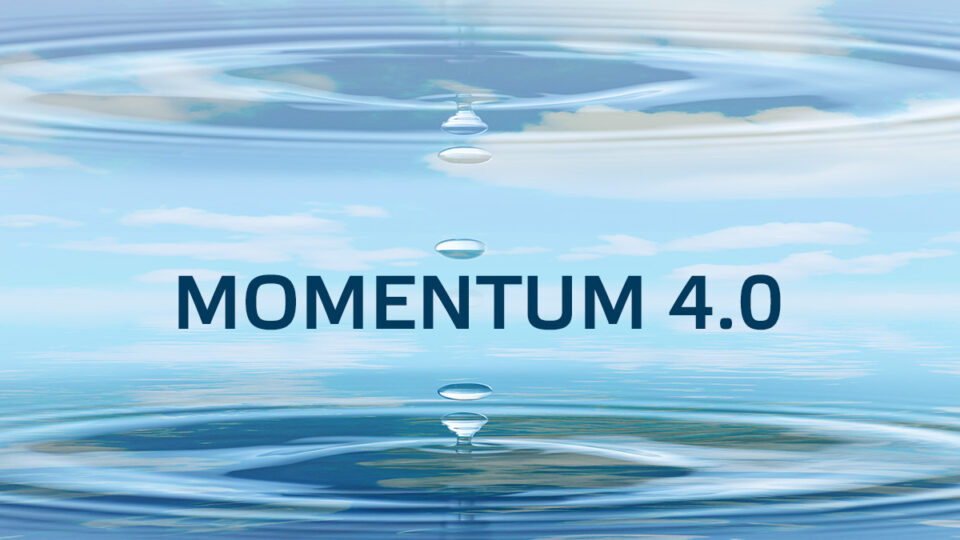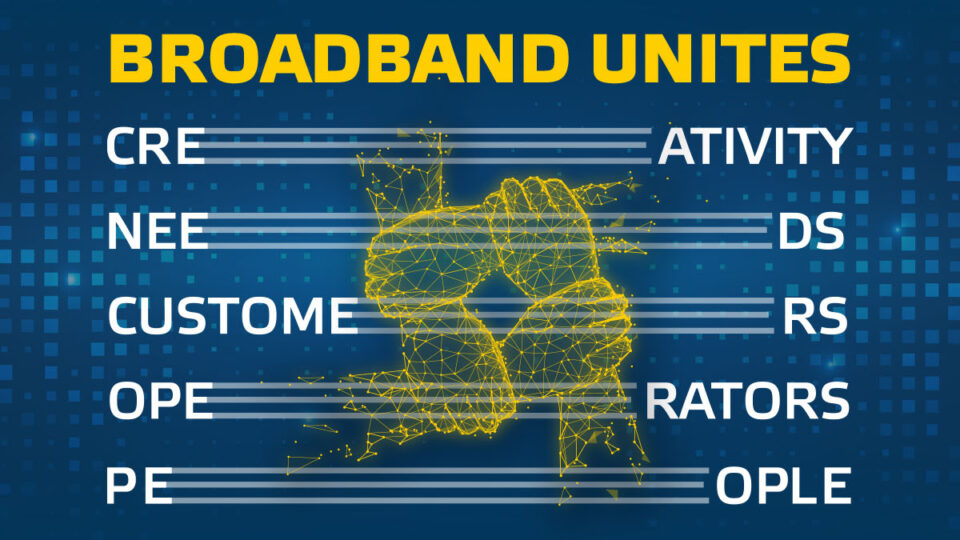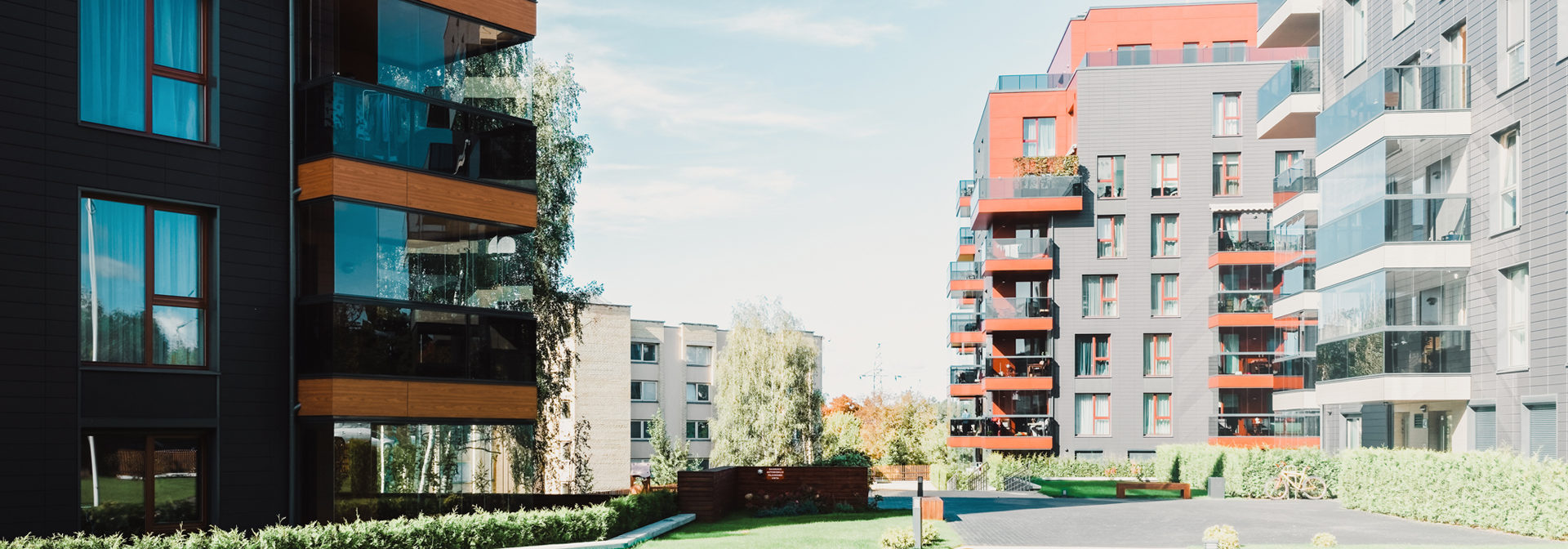
Importance of interoperability in Distributed Access networks – Field report of a sales executive
A bit more than a year has passed since ANGA 2022 and the video we produced there on the subject of “Distributed Access (DAA) open ecosystem versus DAA single supplier environment”. So, it’s time to review the last year and report on the developments and experiences.
When I have been talking to network operators about their DAA rollout plans, it has been surprising how little attention this ecosystem thinking has received in comparison to the technical aspects. The discussions have mainly focused on the ease of the initial start-up of the DAA roll out, which might be less time-consuming when working with a single supplier. However, in the medium to long term, the challenges will turn upside down, and the open ecosystem approach will prove its value.
The primary argument for open ecosystems is that dependency on proprietary solutions that deviate from the standard make network-level changes even more difficult.
In addition, there are other arguments that have come to my mind over the past year regarding single vendor environments:
- Lack of transparency in pricing – It is difficult to determine how total costs are allocated between the core and the node when dealing with a single vendor who invoices the deliveries as a whole. From the operator’s point of view, this makes it difficult to manage costs and understand what they consist of.
- The product availability and delivery times! If the selected single vendor fails to deliver, the project can come to a standstill. For instance, there may be an allocation situation, when the chosen single vendor is unable to deliver because larger customers skim off all resources in the domestic market. In such cases, no alternatives are available, and the promise of a simpler initial technical start-up quickly fades away. An open ecosystem/multi-vendor strategy would offer a solution by ensuring the existence of a choice of products exist that have already undergone the approval process and are already operational in the network.
I had the opportunity to be present at the first DAA laboratory tests and commissioning arranged by several potential customers last year. The quick and uncomplicated commissioning of Broadcast TV, DOCSIS and telephony with our Teleste Remote PHY device (RPD) was greatly appreciated. This also led to moments of surprise since the engineering staff had prepared for possible challenges beforehand, but they had a completely different experience.
Over the last year, we have obtained further approvals of our RPD node from major network operators, and all CCAP core providers are represented in these approvals. The effort we have put into our R&D to ensure interoperability according to CableLab’s specifications is now paying off, and you can see the interoperability status of our technology here.
Another topic related to Distributed Access that has also come up is the expansion of apartment buildings with Remote PHY -based broadband. In times when borrowing money incurs costs again, the existing, well-functioning coaxial in-house infrastructure has regained the focus it deserves. In discussions with planners and integrators, it became clear that instead to pulling new fibre to the apartment buildings, it is much easier to them into “homes-connected” with DAA. The minimal effort required from the end-customers ensures high acceptance and connection rates. Moreover, the operator’s help desk is already geared towards DOCSIS customers, and the technology can reliably deliver the much-desired gigabit services.
At the end of the day, what matters to the end-customer is not the vehicle used to deliver the “goods” but the reliable arrival of services in sufficient quantities and at low cost. With an honest calculation of the costs of planning services and the expansion of an FTTH network in an apartment building, utilizing the existing infrastructure and installing a Remote PHY device in the basement becomes a viable business case faster than one might think.
Personally, and on behalf of our Teleste team in Germany, we would be delighted to exchange views on these topics and offer our advice. Please feel free to contact us at any time!
Sven Baus
Sven Baus
I am the Sales Manager for DACH region. I joined Teleste in the beginning of 2021. I have long experience from the industry. After my RF engineering studies, I joined the Product Management Team at a German manufacturer for RF and multimedia technology. I am also experienced in Technical Sales, Customer Services and I have worked with operators and the distributors abroad. Please see My LinkedIn.
